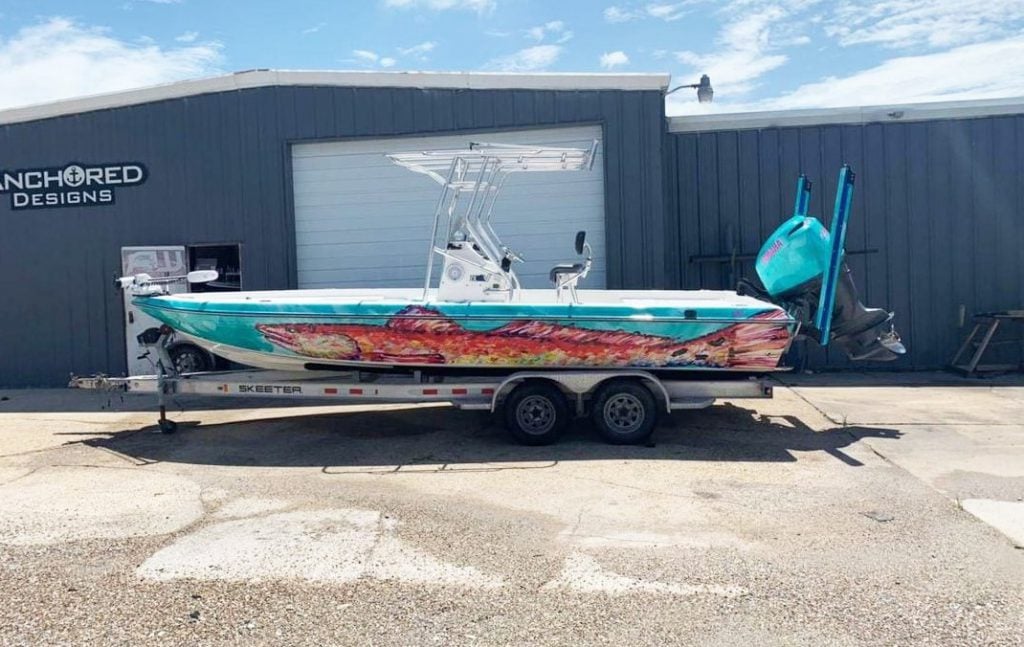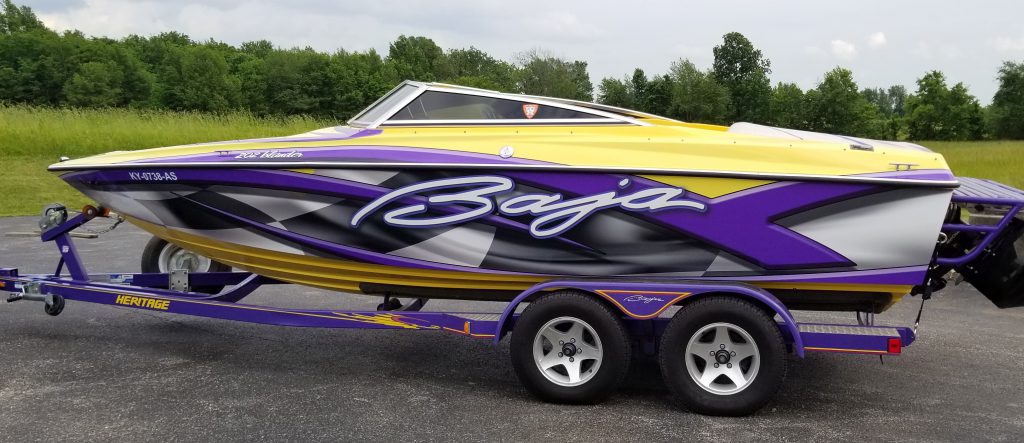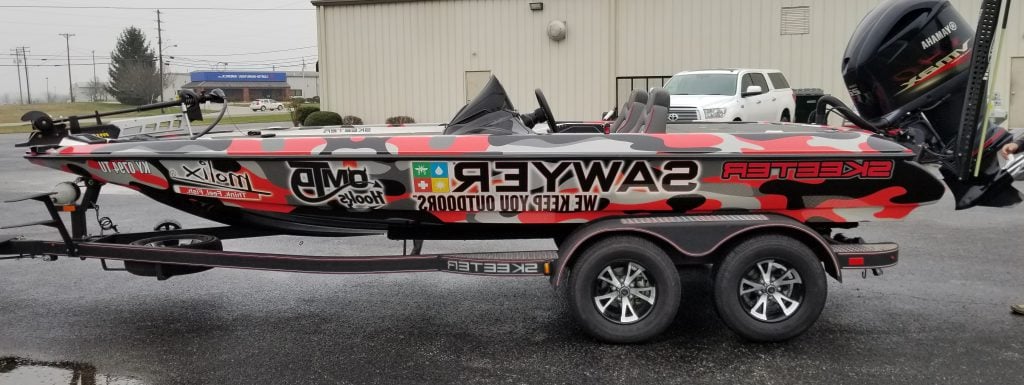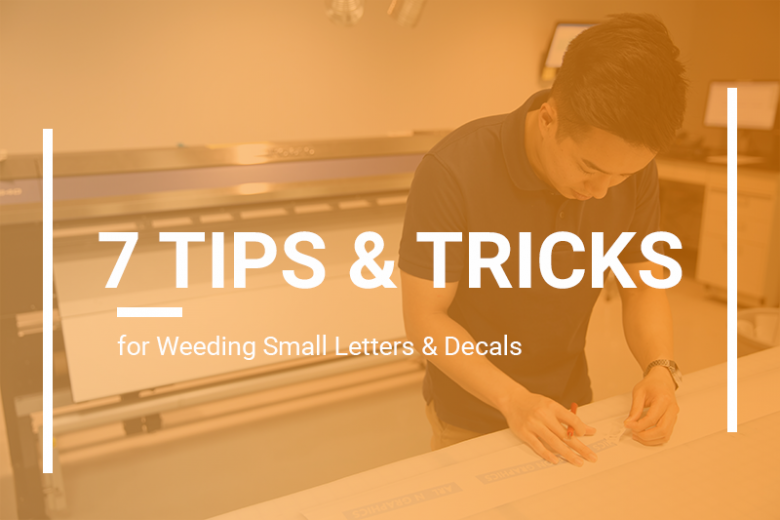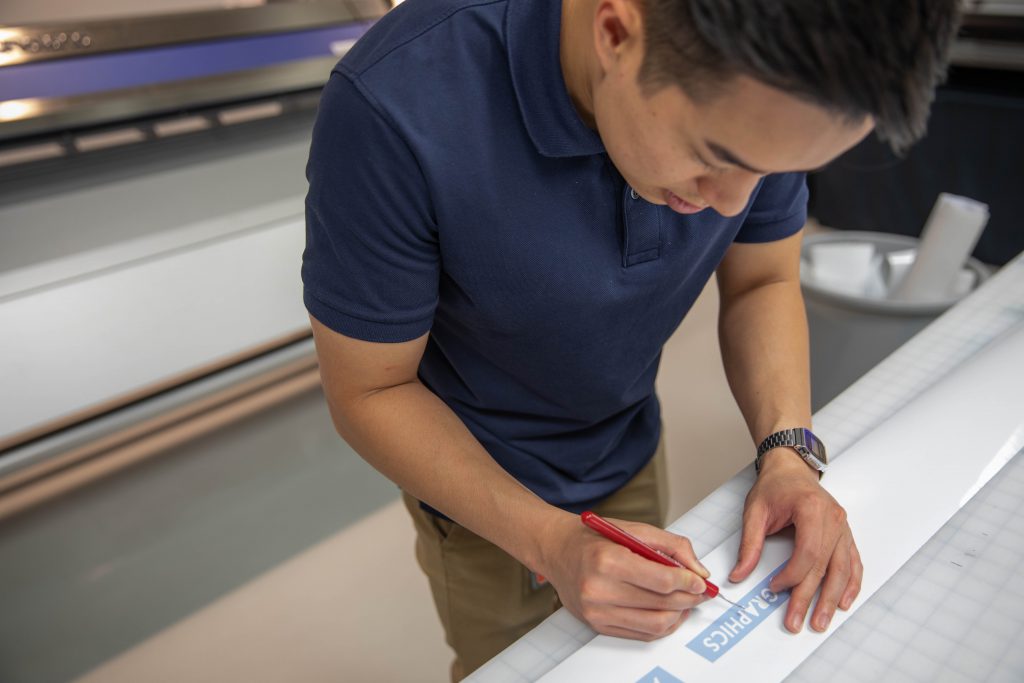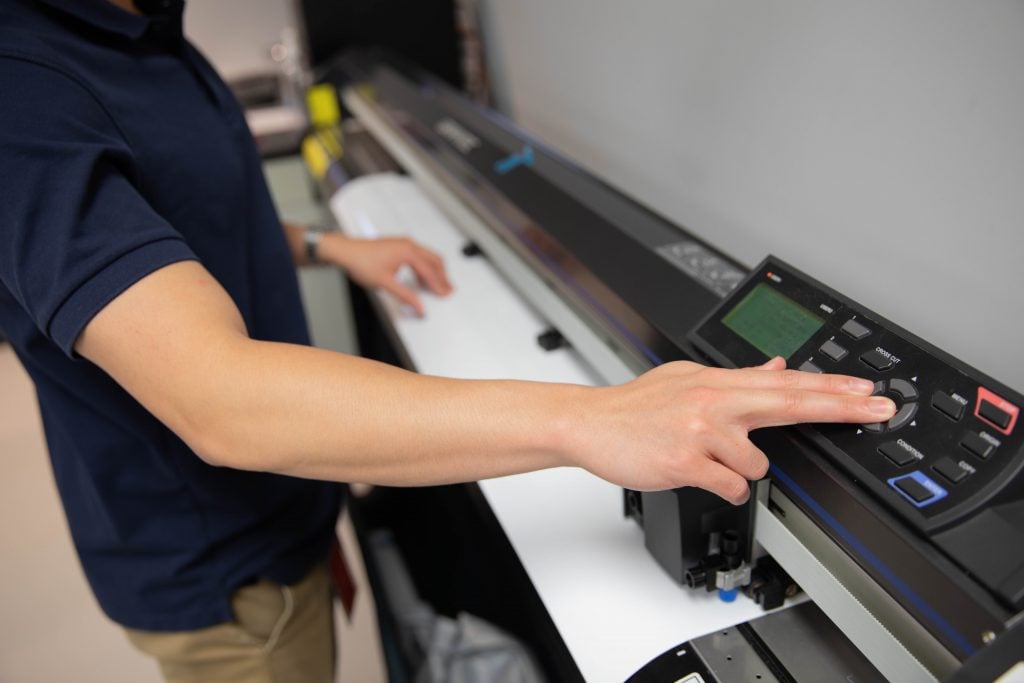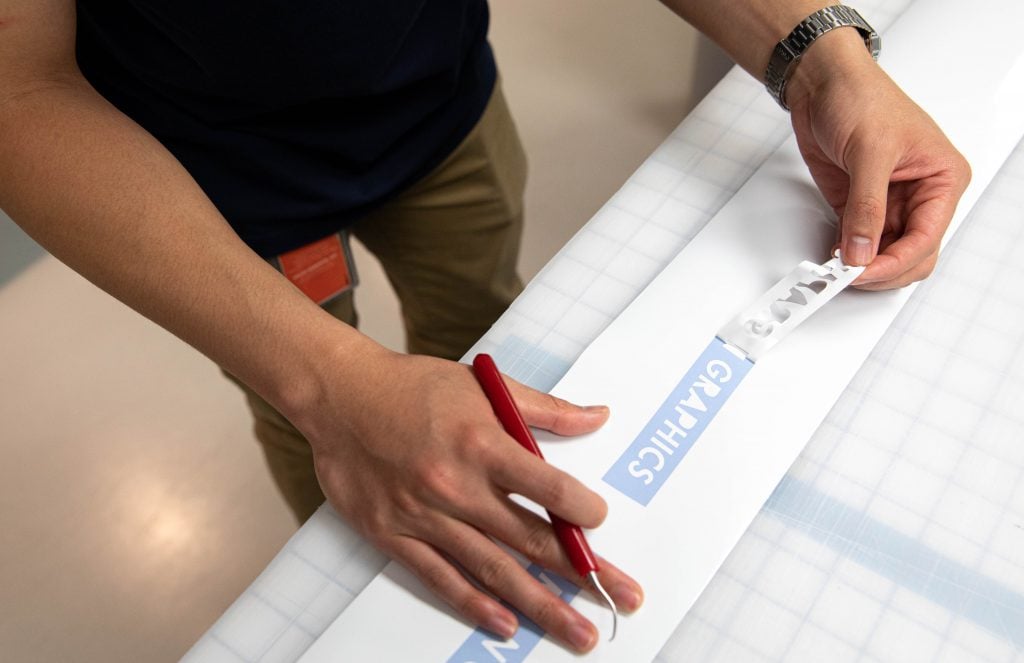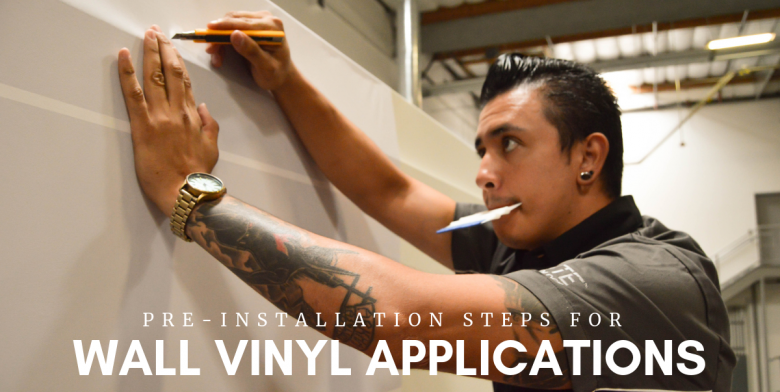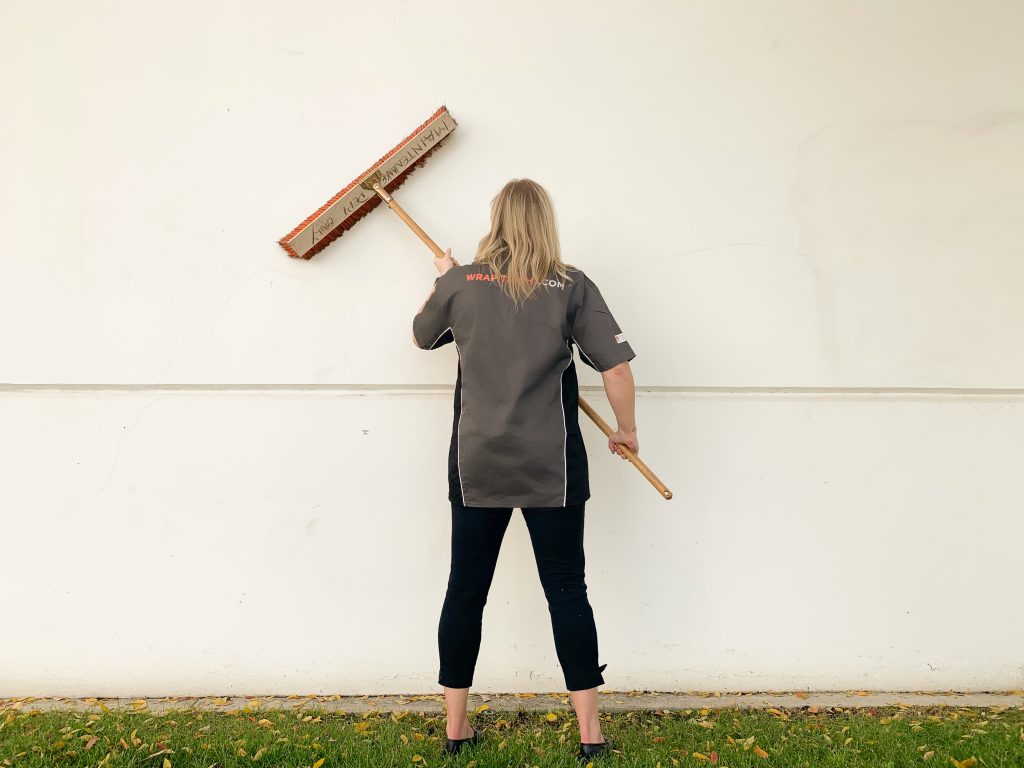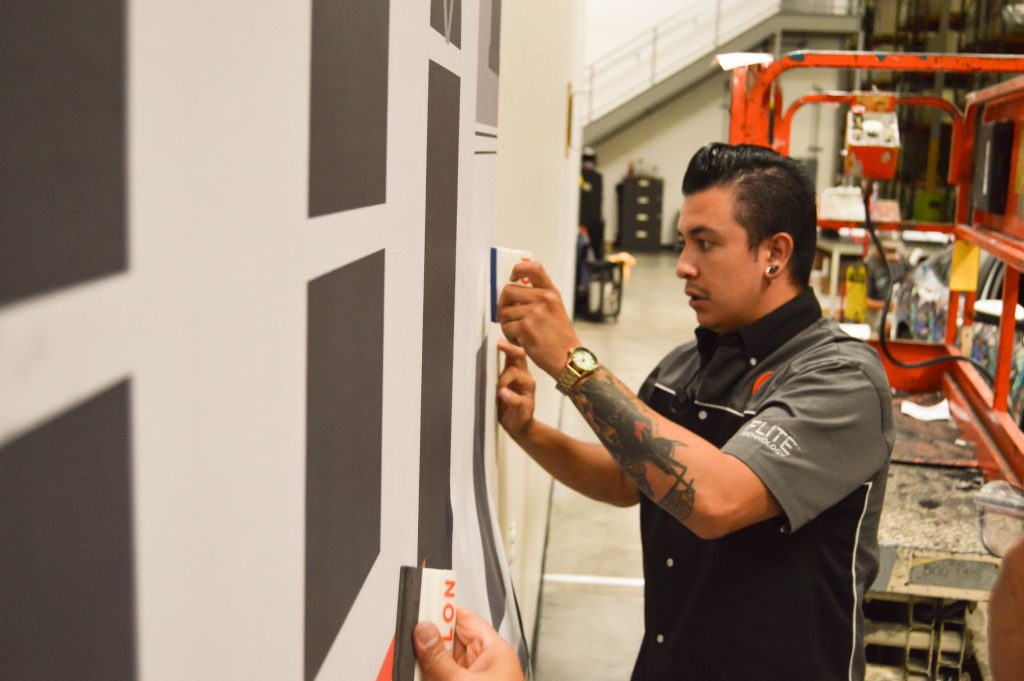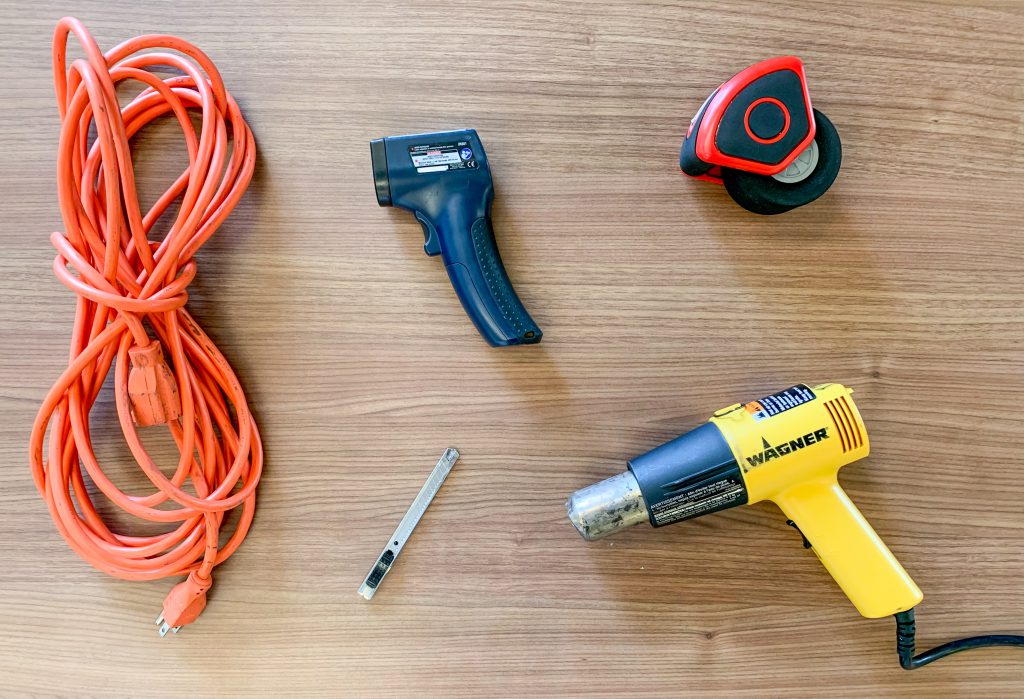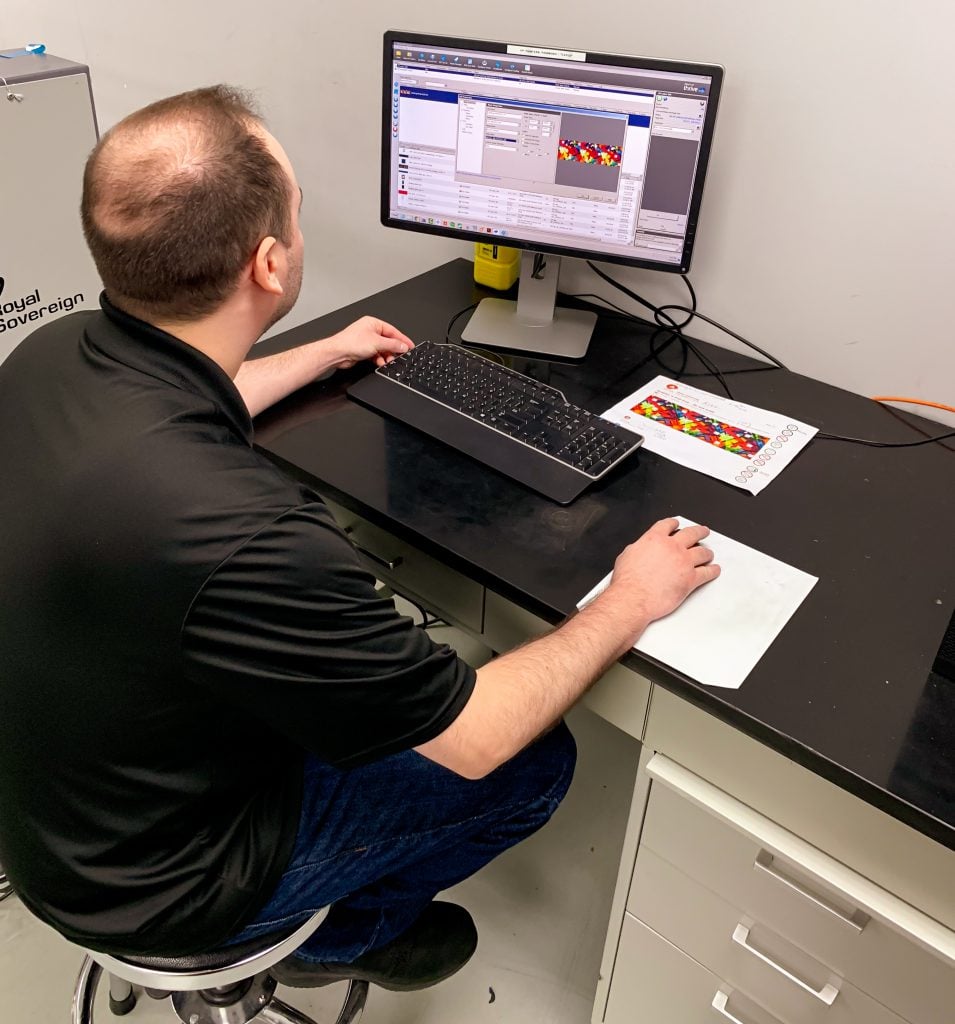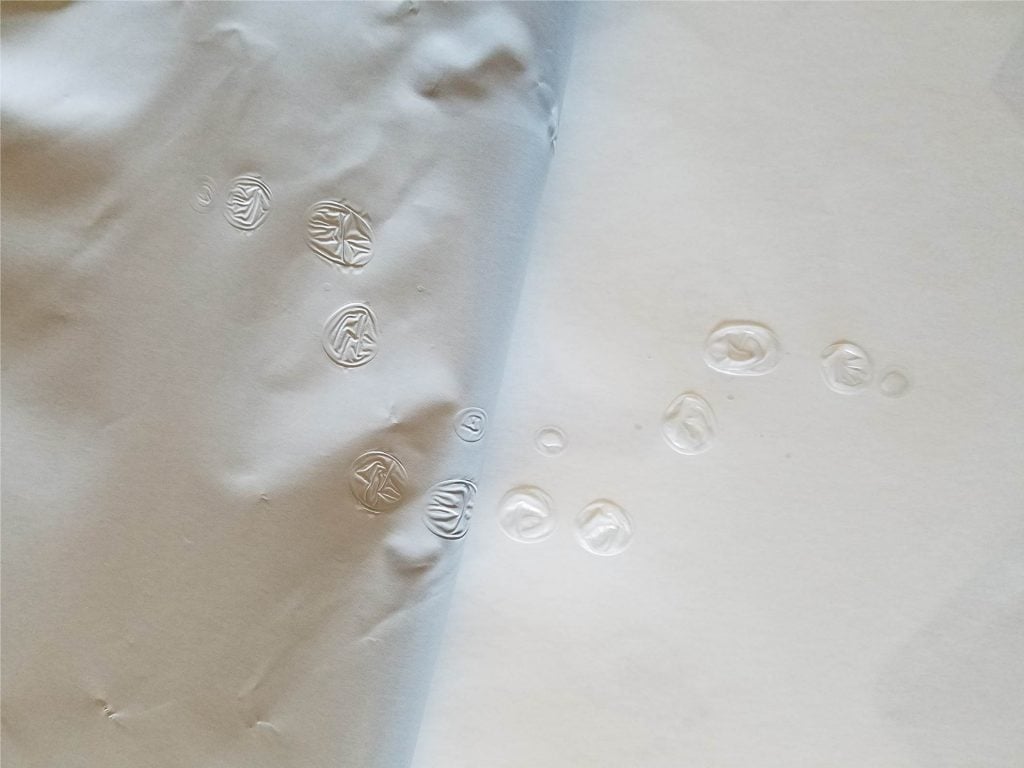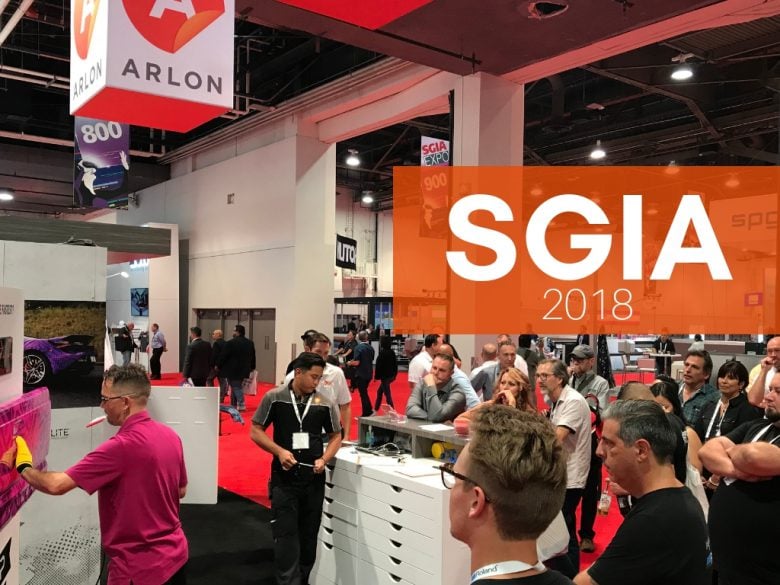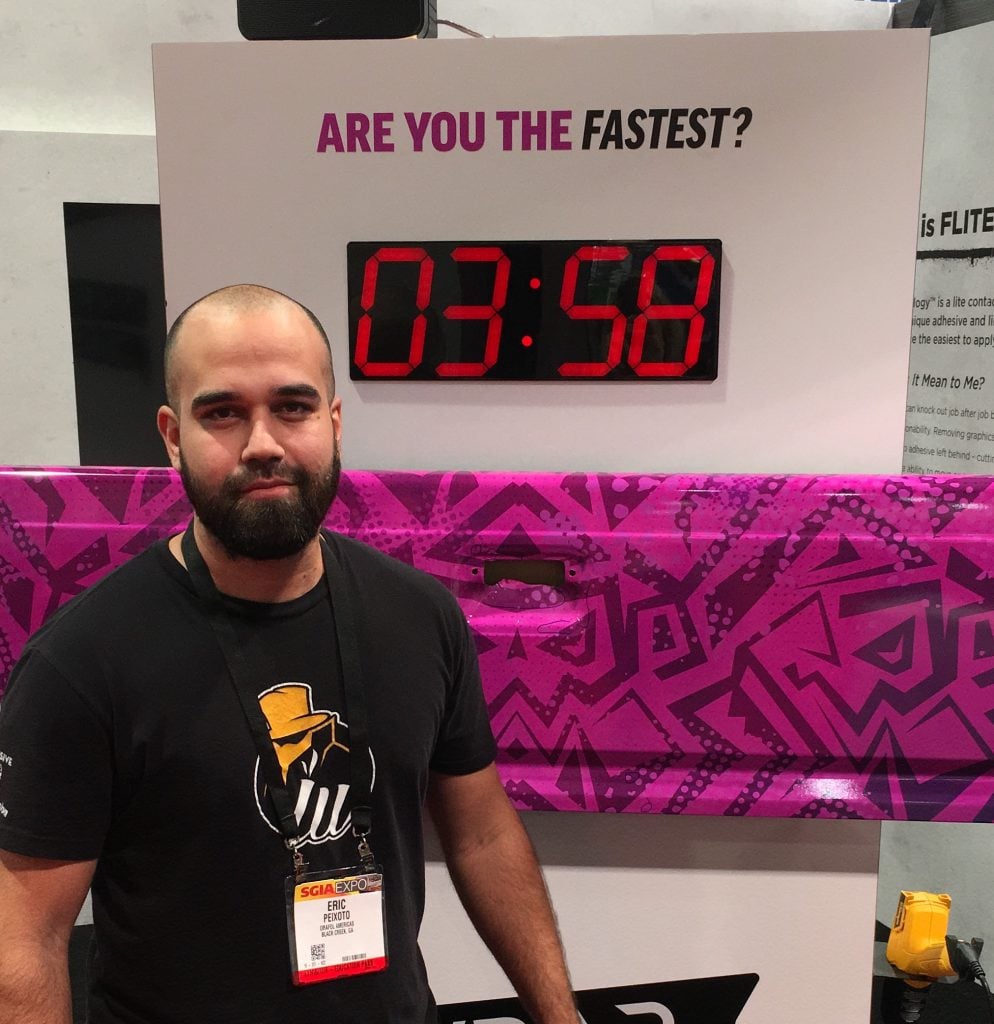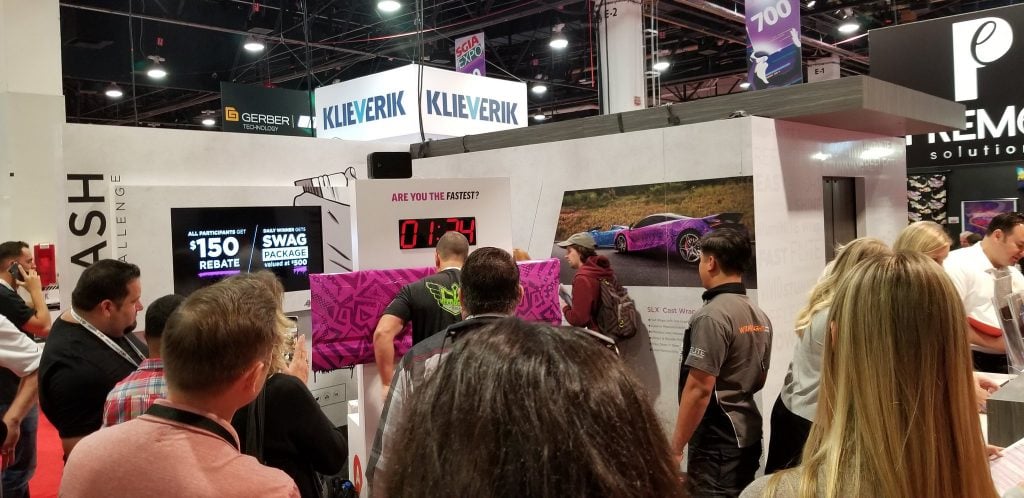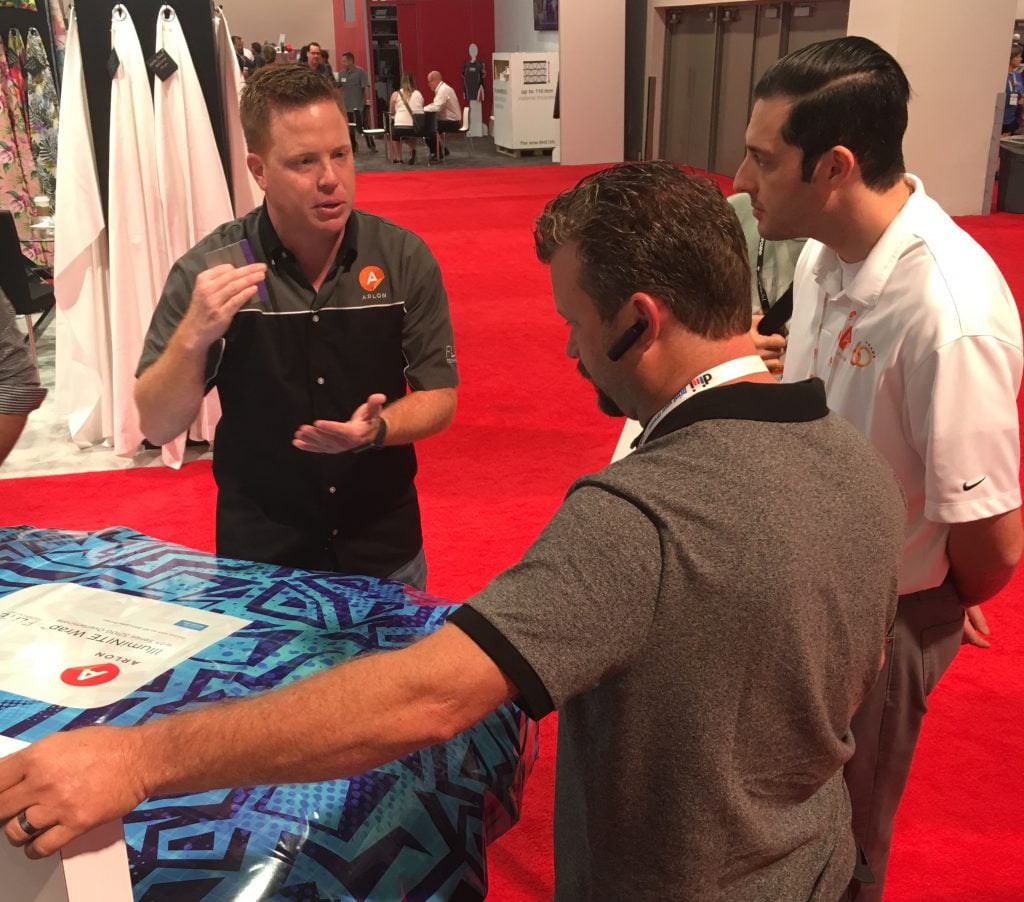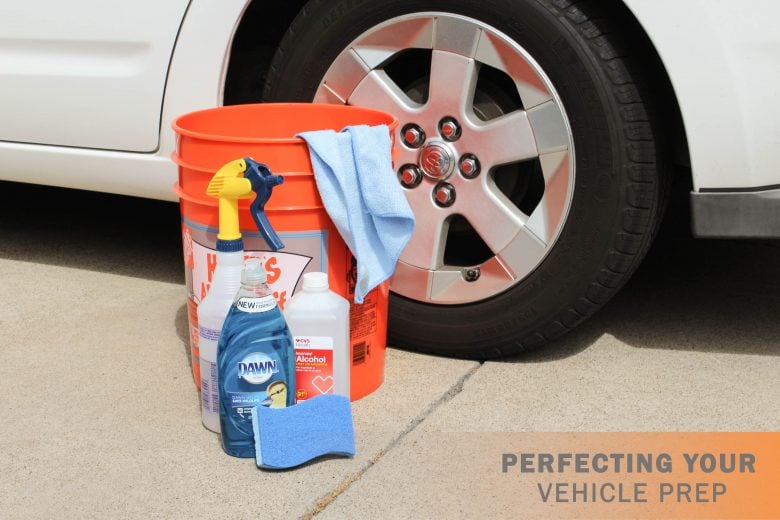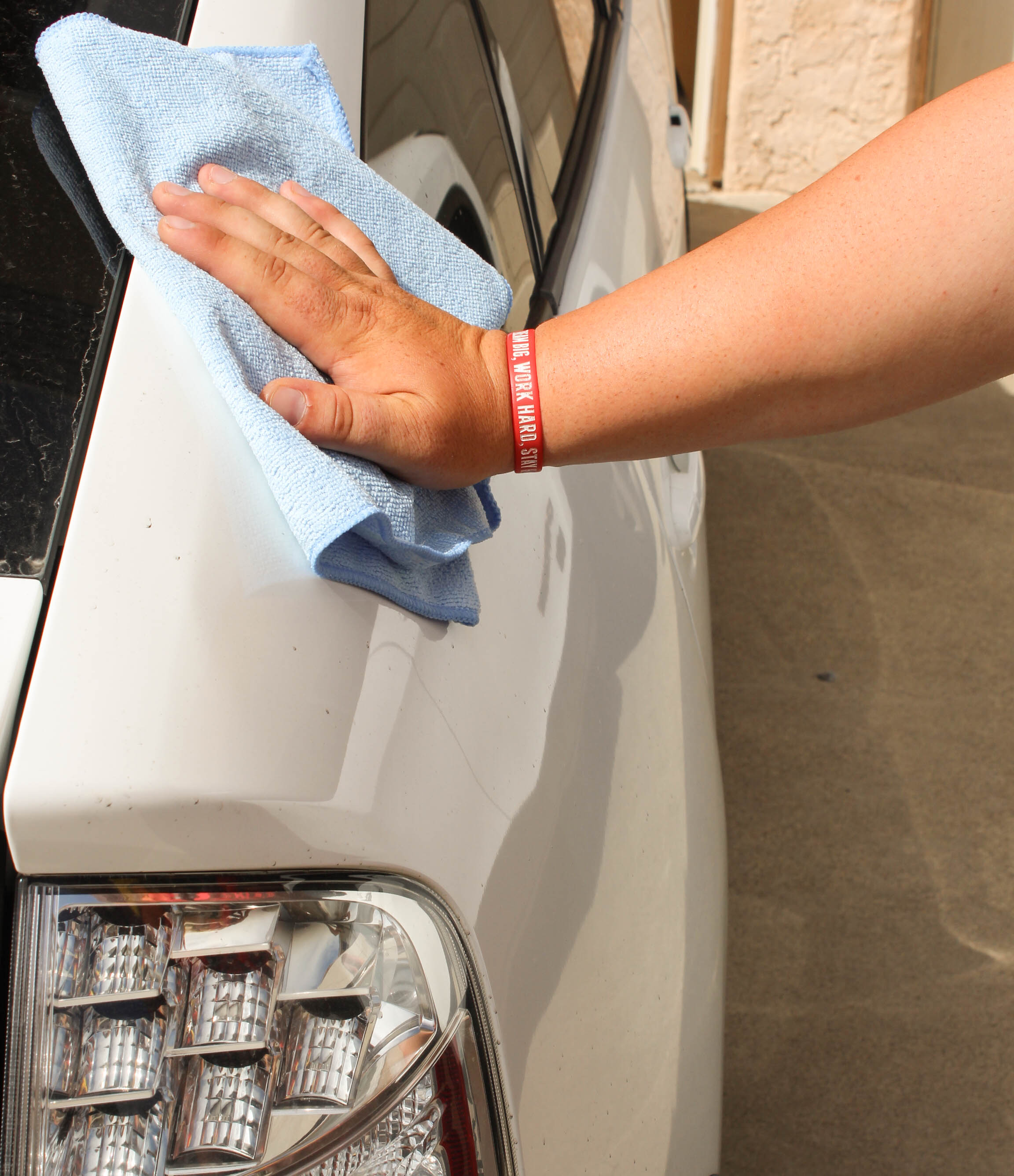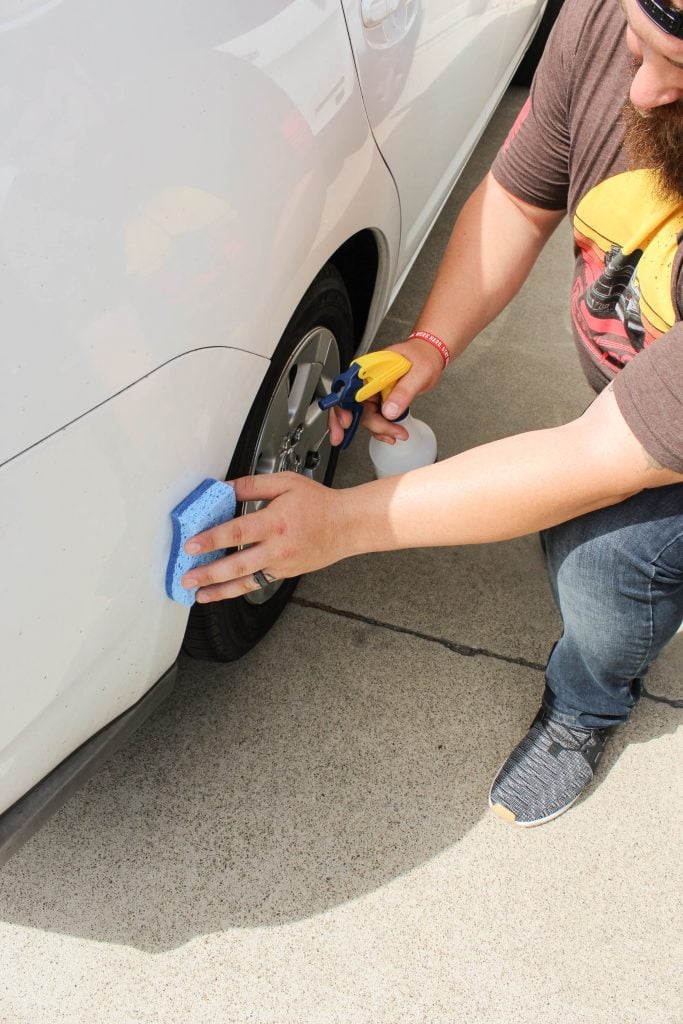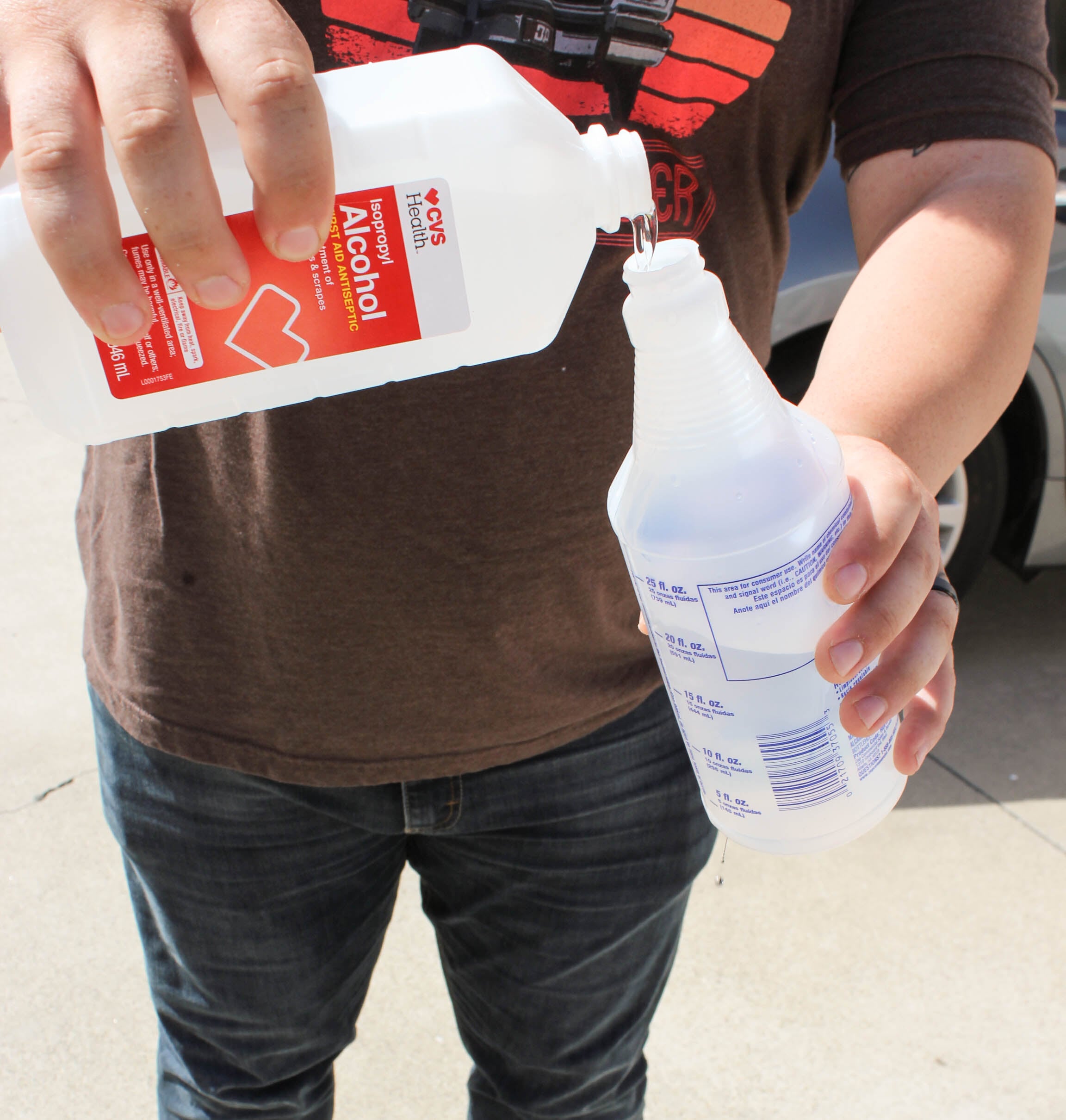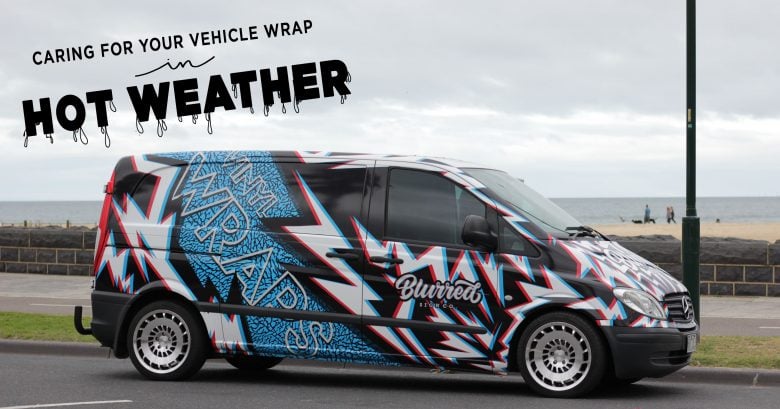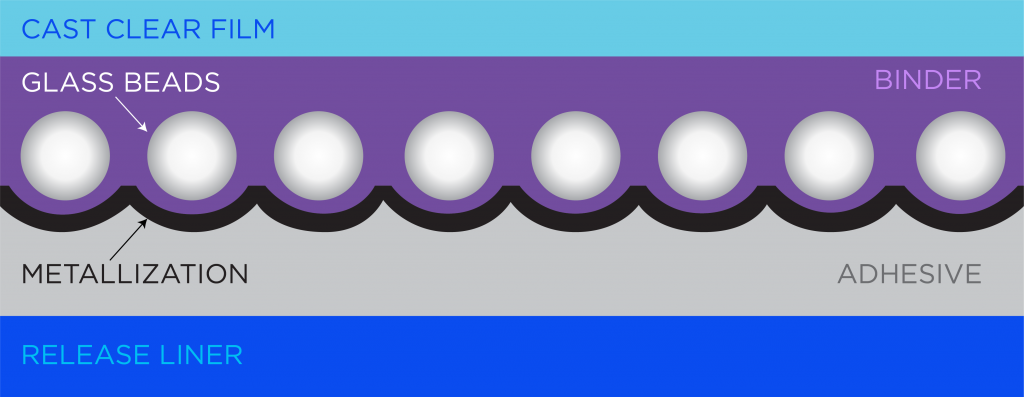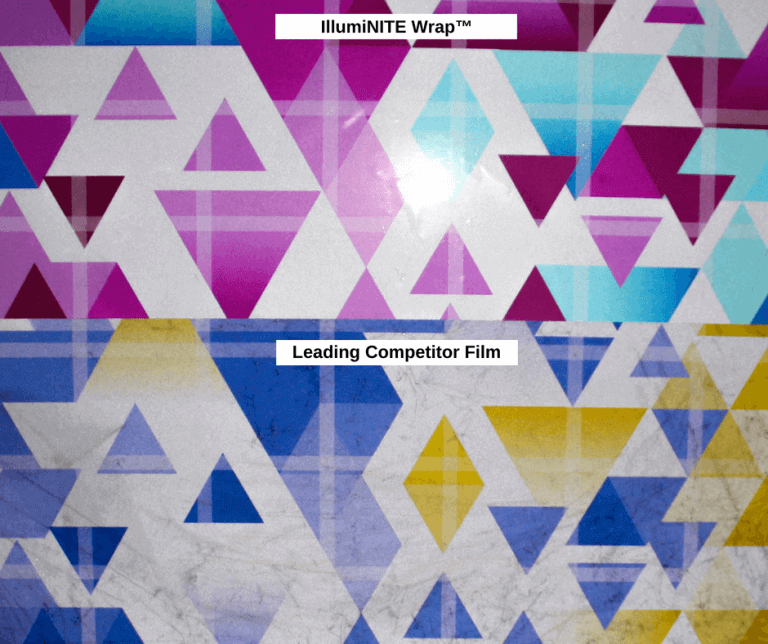The world is facing an issue of enormous scale and importance. With the ongoing spread of COVID-19 and the incredible speed at which things are changing around us, Arlon’s top priority is the health and safety of our employees, partners, and community. Guided by the Center for Disease Control and Prevention (CDC) and local health officials, we are preparing and taking action for all possible scenarios to ensure we have the right plans and resources in place. Proactively, we are focused on the following:
Health and Safety
Our dedicated task force has put in place immediate risk reduction protocols for our employees such as social distancing, halting all non-essential business travel, canceling events and attendance at upcoming trade shows, offering flexible work from home policies and extended paid sick leave, and implementing a stringent office cleaning and hygiene procedures. We are communicating regularly with our employees to keep them informed as the situation continues to develop.
Partner Support
As we temporarily halt business travel to reduce exposure to our employees, we remain connected and productive during this challenging time. We can support you and your customers using phone, email, and live chat.
- Customer Service: 1 800 232 7161 or 714 985 6300 & USCustomerService@arlon.com
- Technical Services: 1 877 275 6698 & TechService@arlon.com
- Website for Live Chat: www.arlon.com
Continuity of Supply
Our Placentia, CA and Weifang, China factories remain active as we keep the safety of our operational employees top of mind. Additionally, our suppliers are working with us to mitigate any delays that might occur with the evolving situation. To date, we have not experienced any delays in our production.
We’re committed to being both responsive and responsible, navigating these times with everyone’s safety in mind.
Sincerely,
Chad Russell – President, Americas


